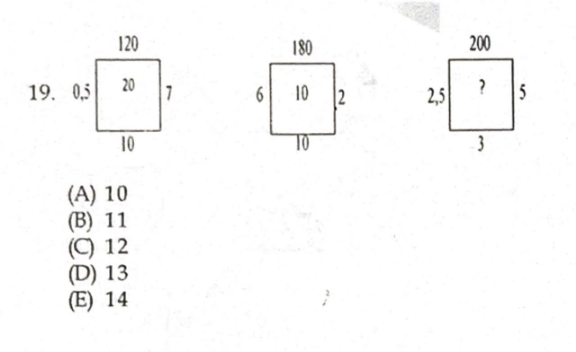
LogicQuestion and Answers: Page 2
Question Number 183480 Answers: 1 Comments: 1

Question Number 180378 Answers: 1 Comments: 0

Question Number 175923 Answers: 1 Comments: 0
Question Number 175017 Answers: 0 Comments: 2

Question Number 171829 Answers: 1 Comments: 0
Question Number 168534 Answers: 1 Comments: 0
Question Number 167976 Answers: 0 Comments: 0

Question Number 166982 Answers: 1 Comments: 3
Question Number 164118 Answers: 1 Comments: 0
Question Number 163913 Answers: 0 Comments: 0

Question Number 159645 Answers: 0 Comments: 0

Question Number 157887 Answers: 1 Comments: 2

Question Number 155988 Answers: 2 Comments: 0
Question Number 154194 Answers: 0 Comments: 1

Question Number 151777 Answers: 0 Comments: 0
Question Number 145282 Answers: 1 Comments: 0

Question Number 144479 Answers: 0 Comments: 0
Question Number 141087 Answers: 2 Comments: 0
Question Number 137690 Answers: 0 Comments: 0

Question Number 136697 Answers: 0 Comments: 1

Question Number 136446 Answers: 0 Comments: 0

Question Number 135348 Answers: 0 Comments: 0
Question Number 134948 Answers: 1 Comments: 2

Question Number 134689 Answers: 1 Comments: 0
Question Number 132251 Answers: 0 Comments: 0

Question Number 130939 Answers: 1 Comments: 1
